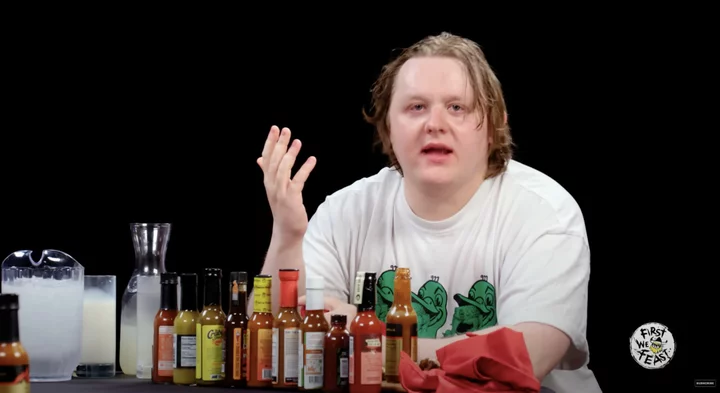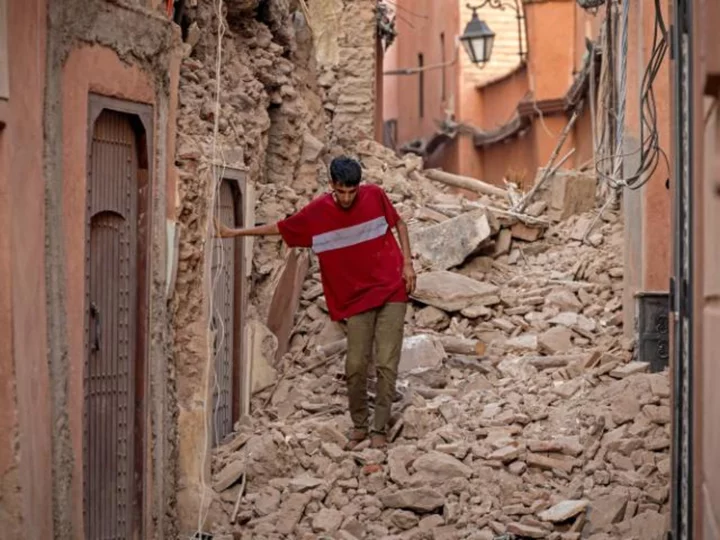Scientists think they could have found the cause of a series of “slow-motion” earthquakes that have shaken New Zealand in recent years – a hidden ocean which sits two miles beneath the sea floor.
The water was revealed as part of a giant volcanic area formed about 125 million years ago, when an eruption forced a plume of lava bigger than the US to the surface of the Earth.
Researchers found the region by towing 3D seismic sensors behind a boat to build up an image of the ancient volcanic area.
There, they found thick, layered sediments around long-buried volcanoes which contained much more water than expected.
Andrew Gase, from the University of Texas Institute for Geophysics, who carried out the research, said: “Normal ocean crust, once it gets to be about seven or 10 million years old should contain much less water.”
The ocean crust scanned by researchers was 10 times as old as this – but water made up nearly half its volume.
The tectonic fault line which runs through New Zealand is known for producing slow-motion earthquakes, also known as slow slip events.
During one of these, the energy from an earthquake gets released over days or months, often causing little or no harm to people.
Scientists don’t know why they happen more at some faults than at others, but they are thought to be linked to buried water.
Finding this new area of water at the fault line which creates so many slip events could provide an explanation.
Gase said: “We can't yet see deep enough to know exactly the effect on the fault, but we can see that the amount of water that's going down here is actually much higher than normal.”
If researchers can work out how the water reserves affect slip events – possibly by dampening them – they could, in turn, understand normal earthquakes better.
Scientists also think underground water pressure could play a key part in creating conditions that release tectonic stress via slow slip earthquakes.
As a result, Gase said scientists should drill even deeper to find out where the water ends up.
Sign up to our free Indy100 weekly newsletter
Have your say in our news democracy. Click the upvote icon at the top of the page to help raise this article through the indy100 rankings.









